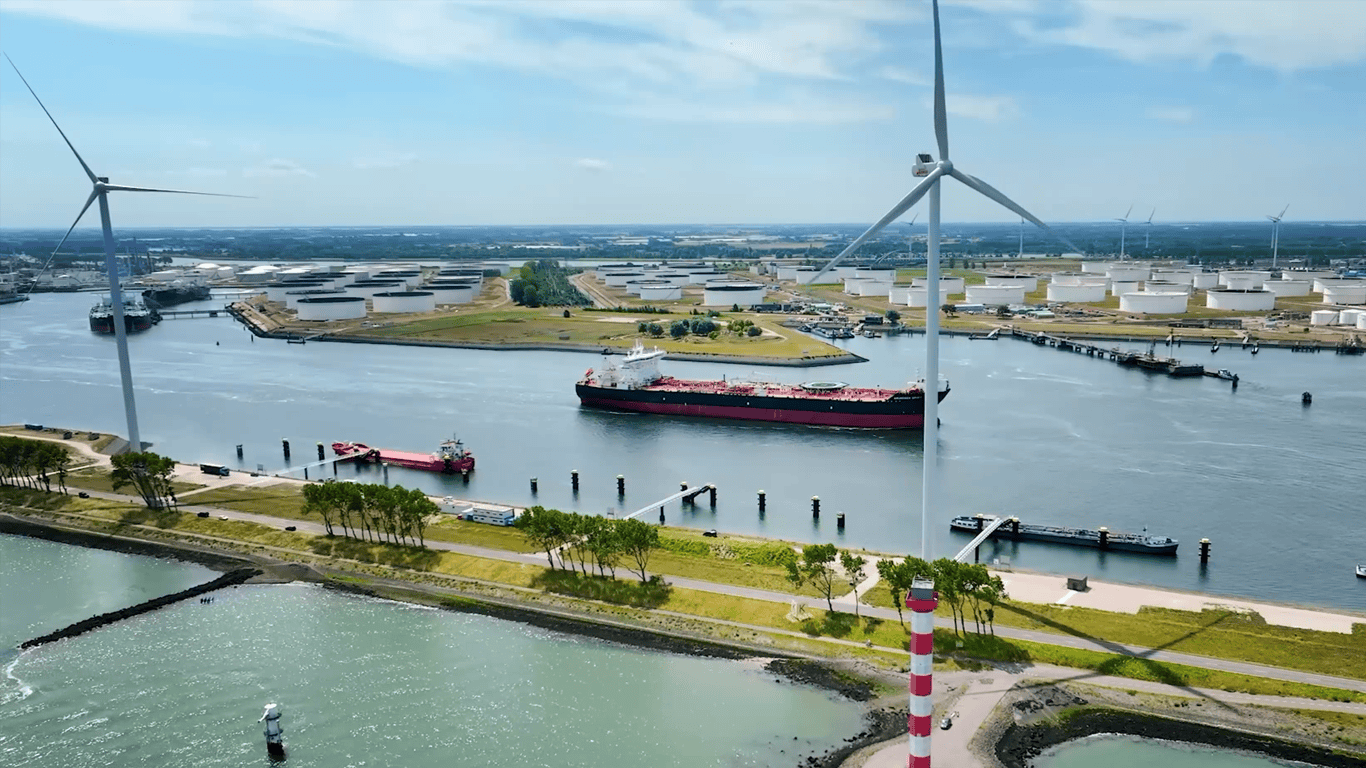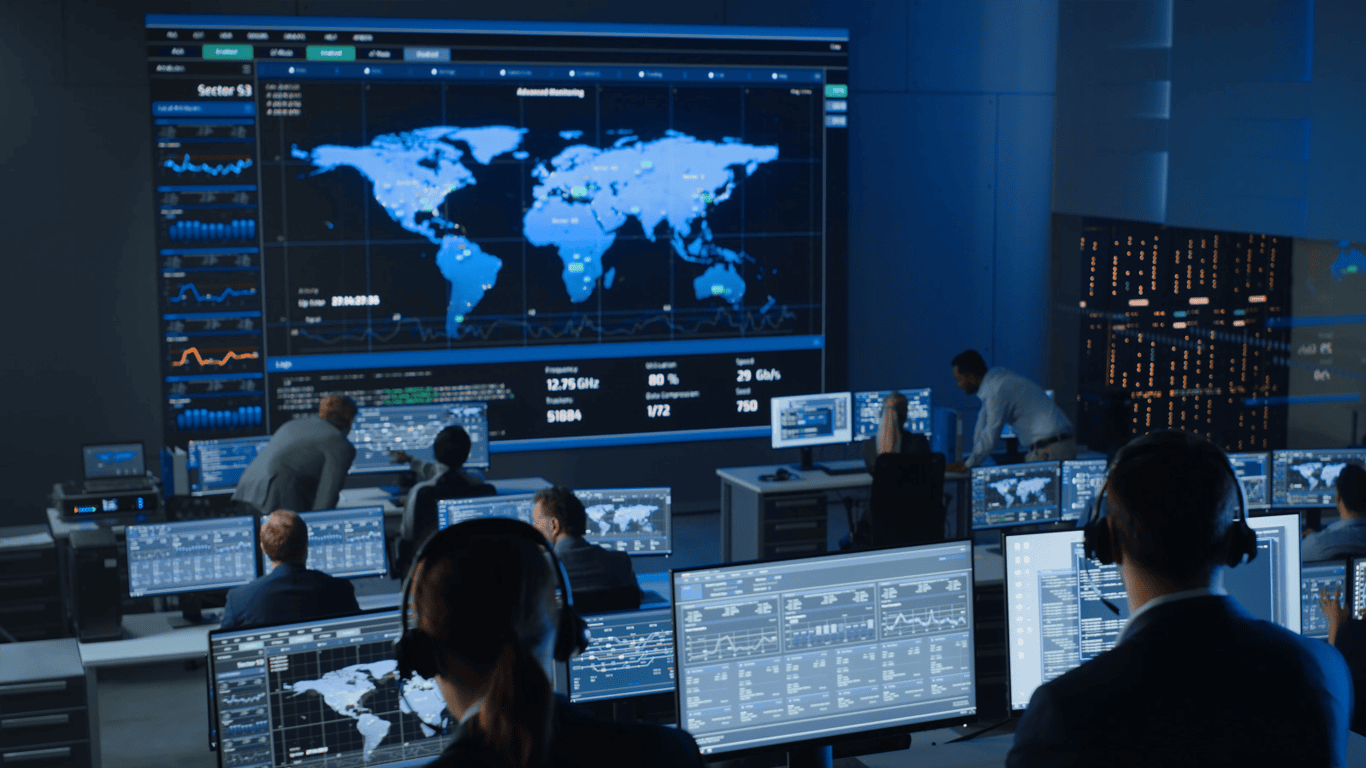Hamburg's Blueprint for Digital Transformation
The maritime industry is undergoing major digital change, with some ports advancing faster than others. This article highlights the Port of Hamburg’s leadership in innovation, showcasing its use of cutting-edge technology and sustainable strategies. Hamburg’s experience offers valuable lessons for other ports navigating digital transformation. Expert insights from Dr. Phanthian Zuesongdham and Torsten Kappel are featured in the accompanying video.
Bridging the Digital Divide
Dr. Phanthian Zuesongdham, Head of Port Process Solutions at the Hamburg Port Authority (HPA), highlights a significant disparity in the digital maturity of ports worldwide. “If we look at the global landscape of ports, we can see a digital divide. Some ports are technologically advanced, while others are still at the beginning of their journey,” she explains. This divide often correlates with geography: northern ports in Europe and Asia tend to lead, while southern regions lag behind. These disparities directly impact efficiency and competitiveness, creating a pressing need for action.
Hamburg, with its robust digital strategy, stands as a benchmark. “At Hamburg, we’ve tackled this challenge by treating the port as a digital ecosystem—integrating stakeholders, processes, and technologies,” Zuesongdham notes. “Globally, we see a digital divide in ports – from highly advanced to those just beginning. This divide impacts competitiveness and efficiency,” she adds.
“It’s not only about technology. It’s about people. How can we enable their skills to align with the pace of change?” she emphasizes, pointing to the importance of human capital in bridging this gap.

Innovative technologies are at the forefront of this transformation. Smart IoT solutions, automated handling systems, and advanced data analytics are not just optimizing operations but enabling predictive maintenance and better resource allocation. According to Zuesongdham, ports must be seen as “digital ecosystems” where various stakeholders and systems interact seamlessly.
The future port should be interconnected between parties, using technologies like AI and digital twins to minimize resources and protect the environment,” she states, outlining a vision for the next generation of ports. Hamburg’s initiatives demonstrate this vision in practice. Zuesongdham highlights, “We have over 25 Smart Port projects in Hamburg. Each project acts like a puzzle piece, creating a bigger picture of a highly efficient and sustainable port.”
Torsten Kappel, responsible for digital solutions in the maritime sector, emphasizes that implementing such technologies requires long-term planning. “Digitalization is not a one-time step but an ongoing process requiring vision and committed partners,” he says. “When you do things in the real environment, you learn faster, and the transformation into real operations becomes smoother,” Kappel adds, underscoring the value of hands-on implementation.
Sustainability Through Digitalization and The Urgency to Act
One of the often-overlooked benefits of digitalization is its contribution to sustainability. Automated processes not only reduce costs but also lower energy consumption and emissions. Hamburg serves as a shining example of how digital technologies can avoid congestion, streamline vessel traffic, and conserve resources, creating a more sustainable and efficient port ecosystem.

Climate change is driving everyone to decarbonize. Ports must adopt technologies to save resources and protect our planet,” Zuesongdham stresses. Singapore and Hamburg share one challenge: doubling capacity without doubling space. This led us to implement 25 Smart Port projects, each like puzzle pieces coming together,” she explains, illustrating how innovation addresses both capacity and environmental concerns.
Hamburg’s proactive approach serves as a wake-up call to other ports. “Digitalization is not a one-time step but an ongoing process requiring vision and committed partnerships,” Kappel reiterates, emphasizing the need for proactive investment.
Companies that fail to embrace digitalization risk falling behind. The digital transformation is already well underway, and delays will only increase the difficulty and expense of catching up. “The future belongs to those who act today,” Kappel asserts. Investing in digital infrastructure now is critical for maintaining a competitive edge in the evolving maritime landscape.

Conclusion: Seizing Opportunities and Overcoming Challenges
The digitalization of ports is not merely a trend – it is a necessity. It offers immense opportunities for efficiency, sustainability, and competitiveness but also requires a fundamental shift in industry thinking. Hamburg’s journey provides a clear example of how vision and commitment can drive success.
“Failure is part of the innovation process. Accepting it, learning from it, and not repeating the same mistakes is crucial,” Zuesongdham advises, reflecting on the resilience needed in this transformation.
The message is unequivocal: those who invest in digitalization today will be best positioned for tomorrow’s challenges and opportunities.





